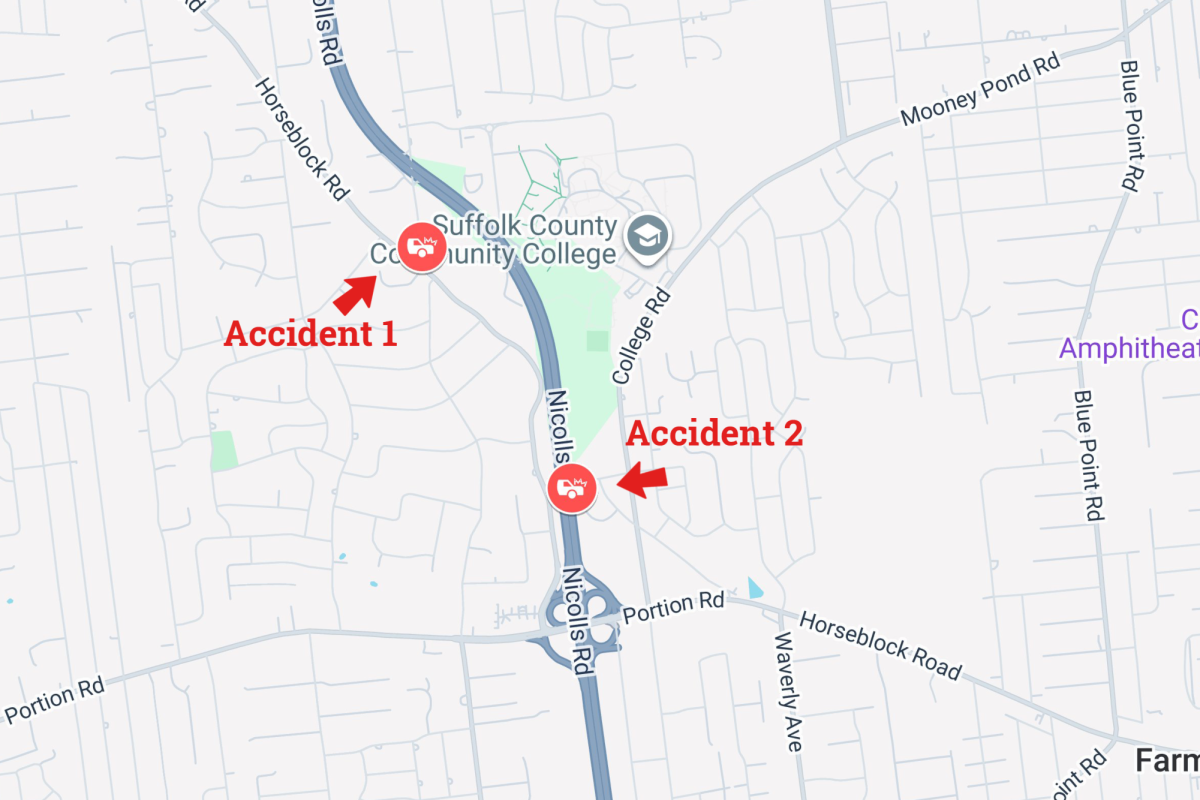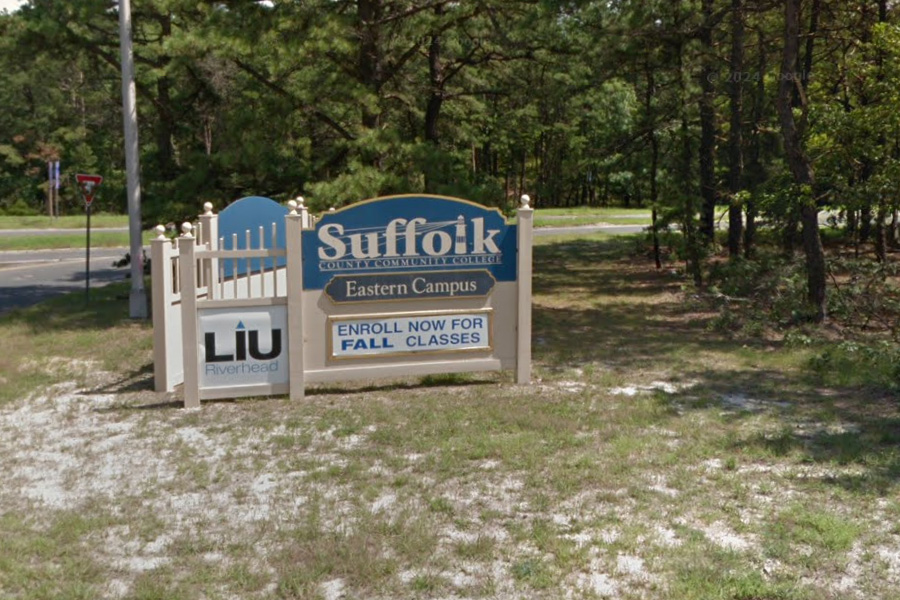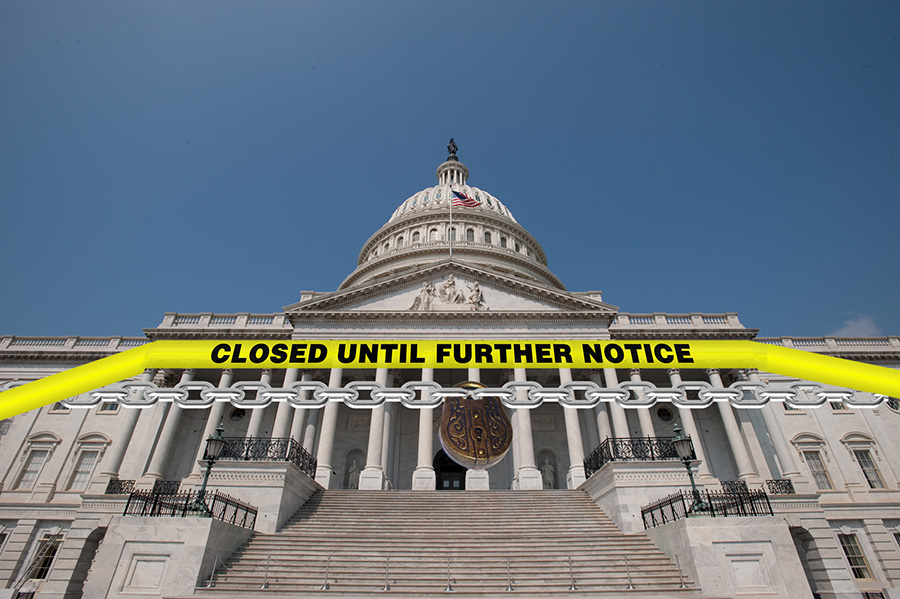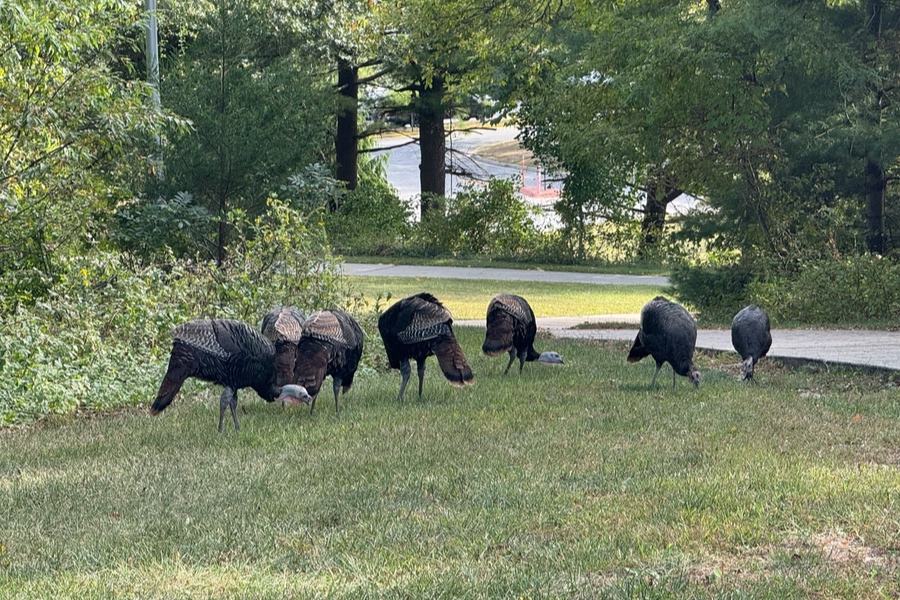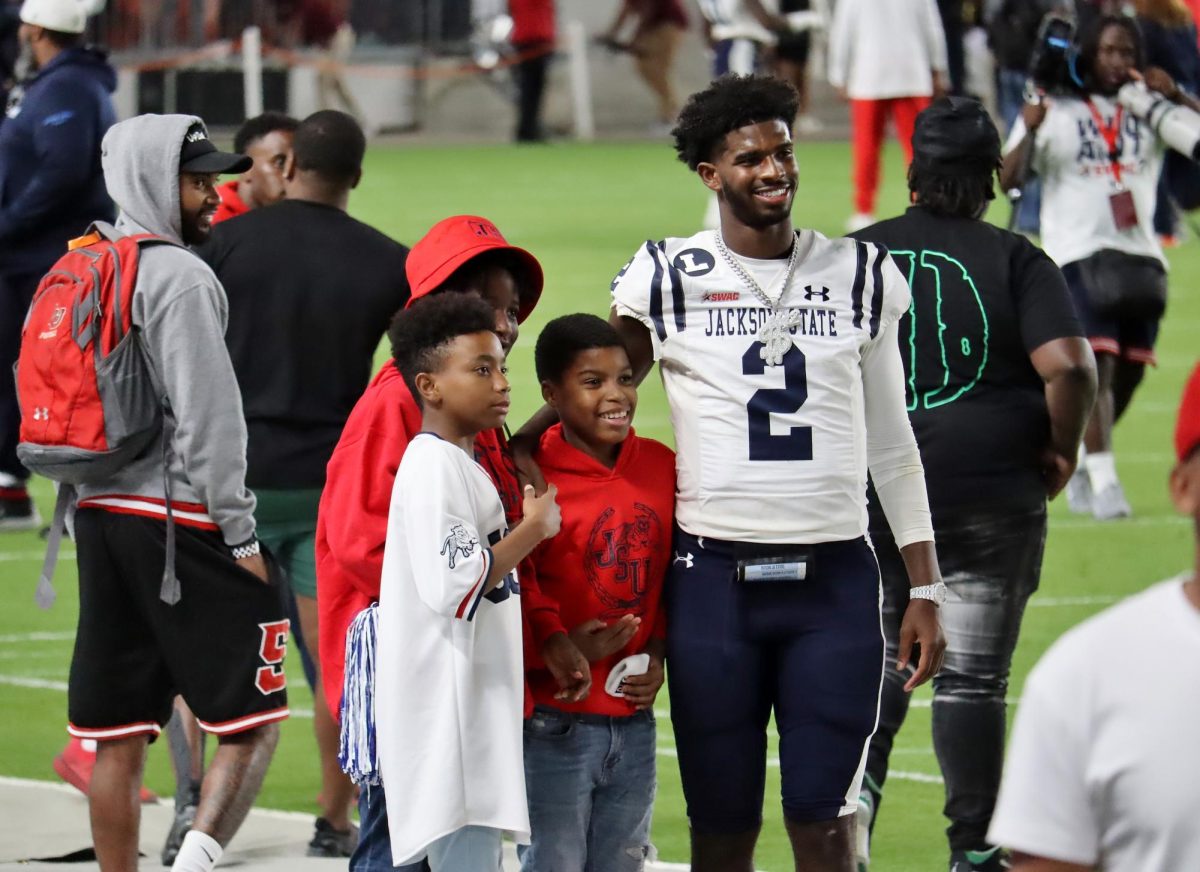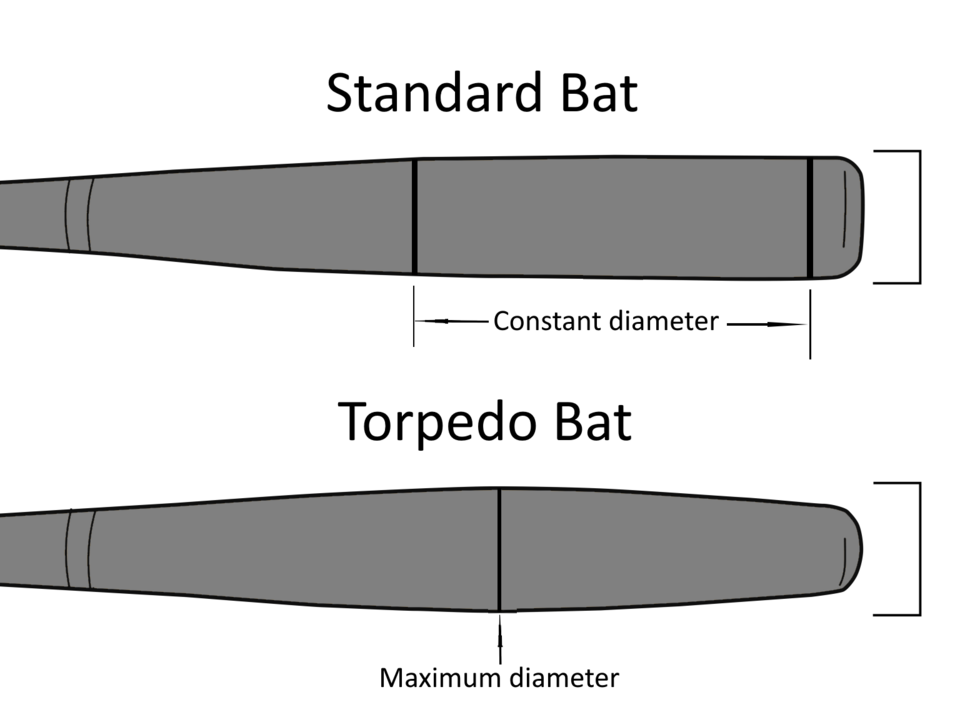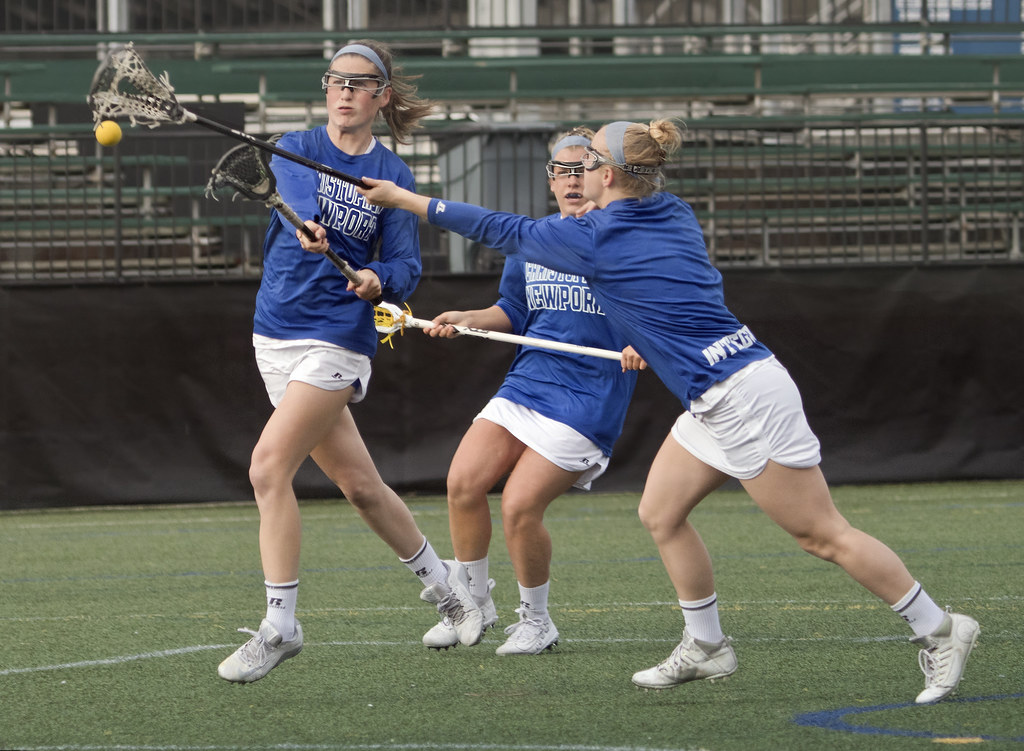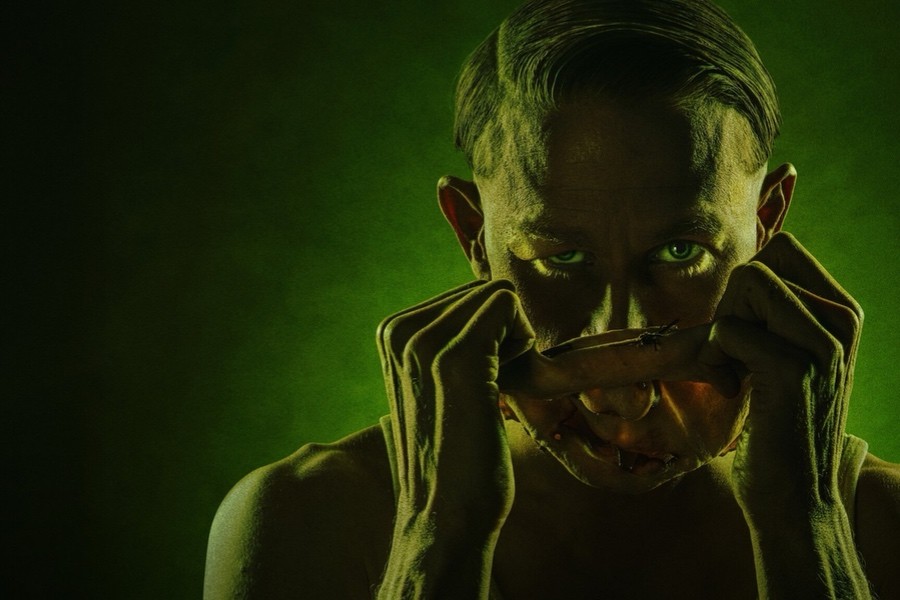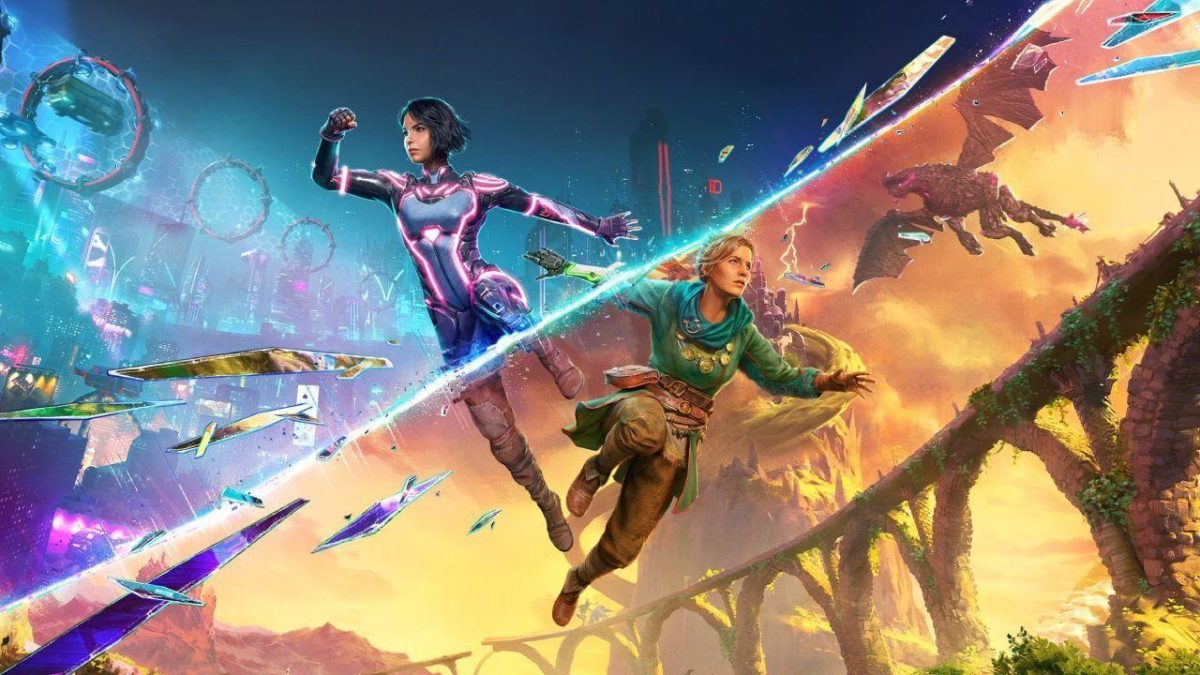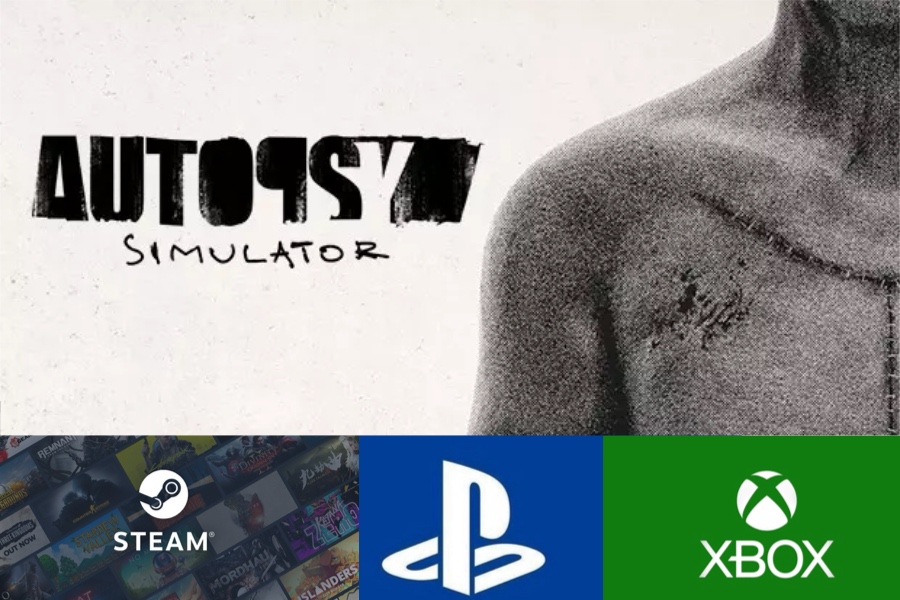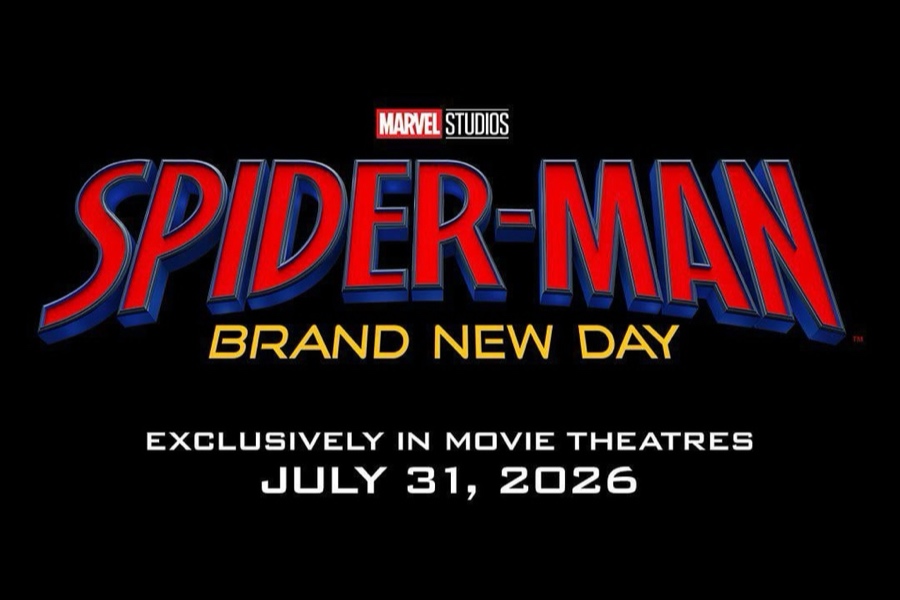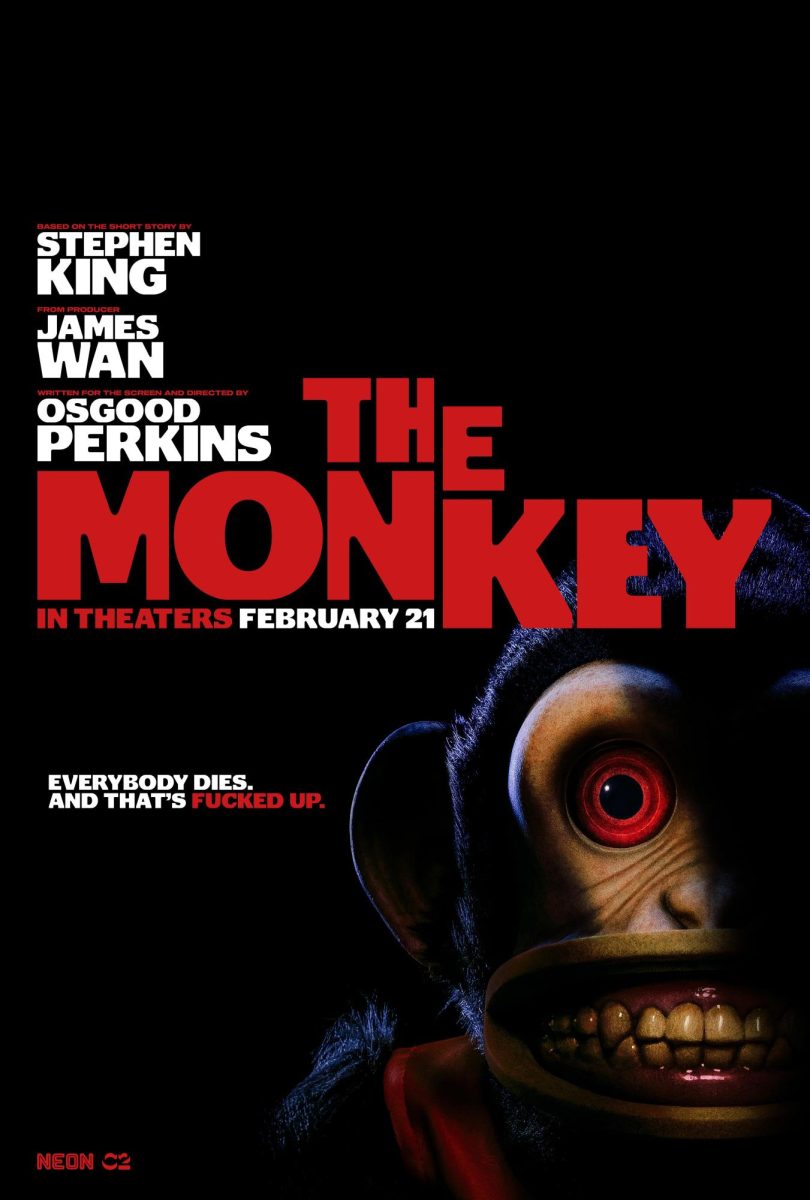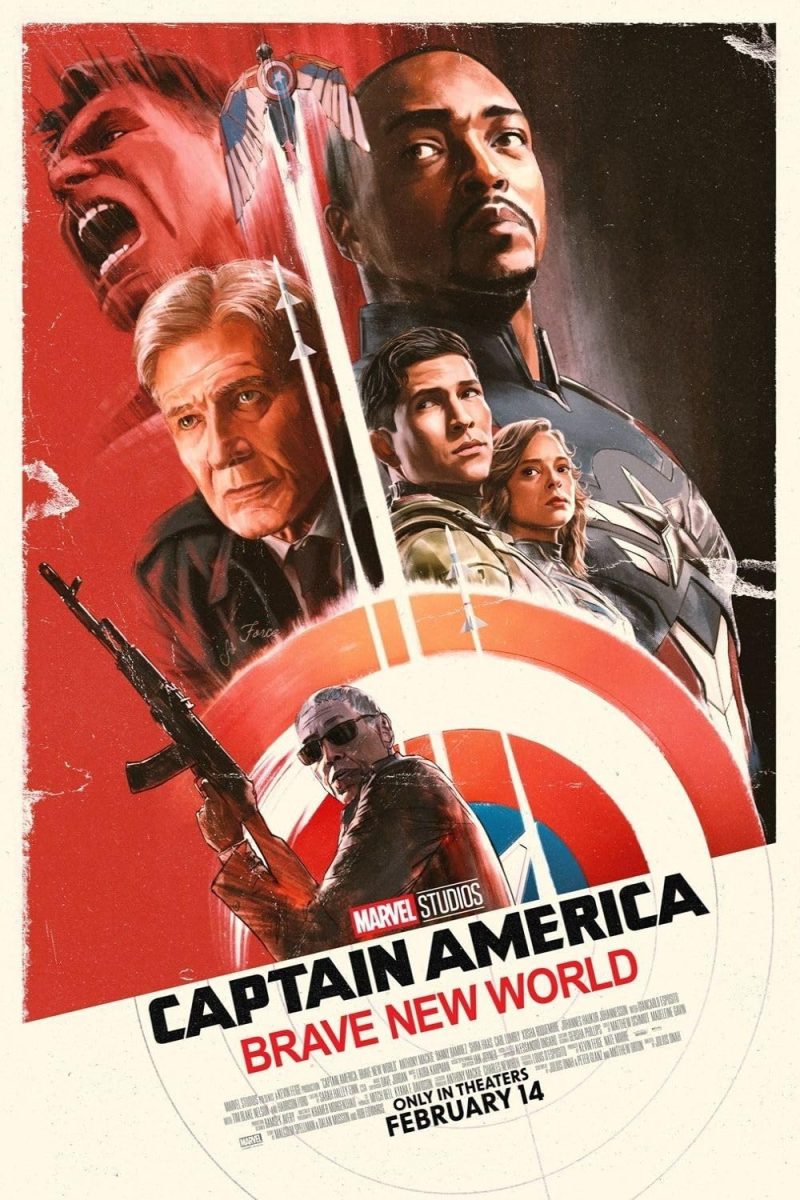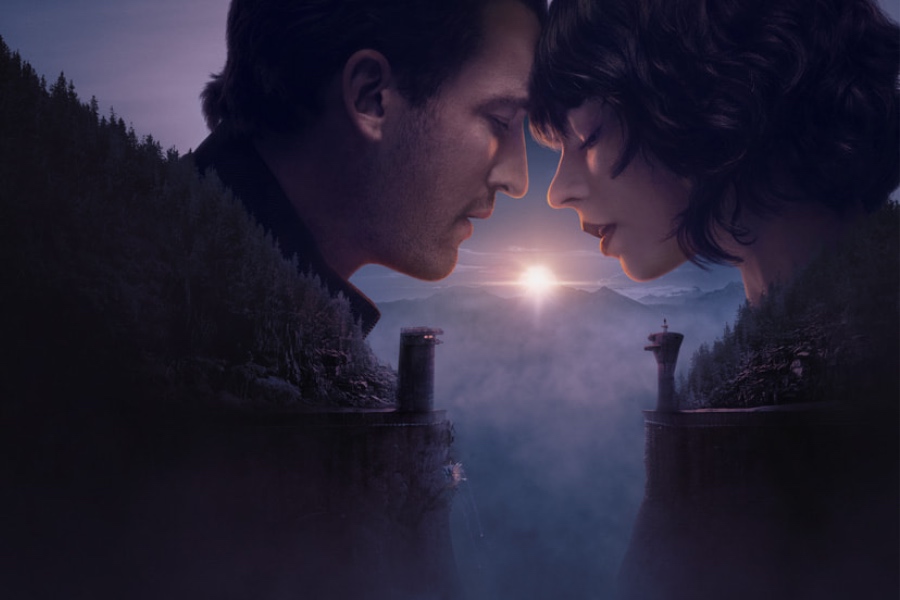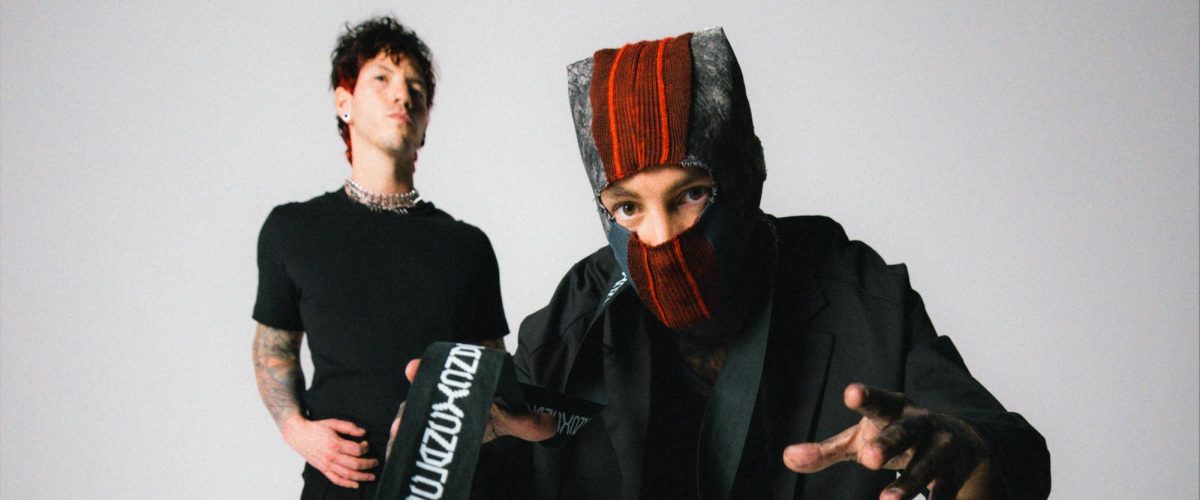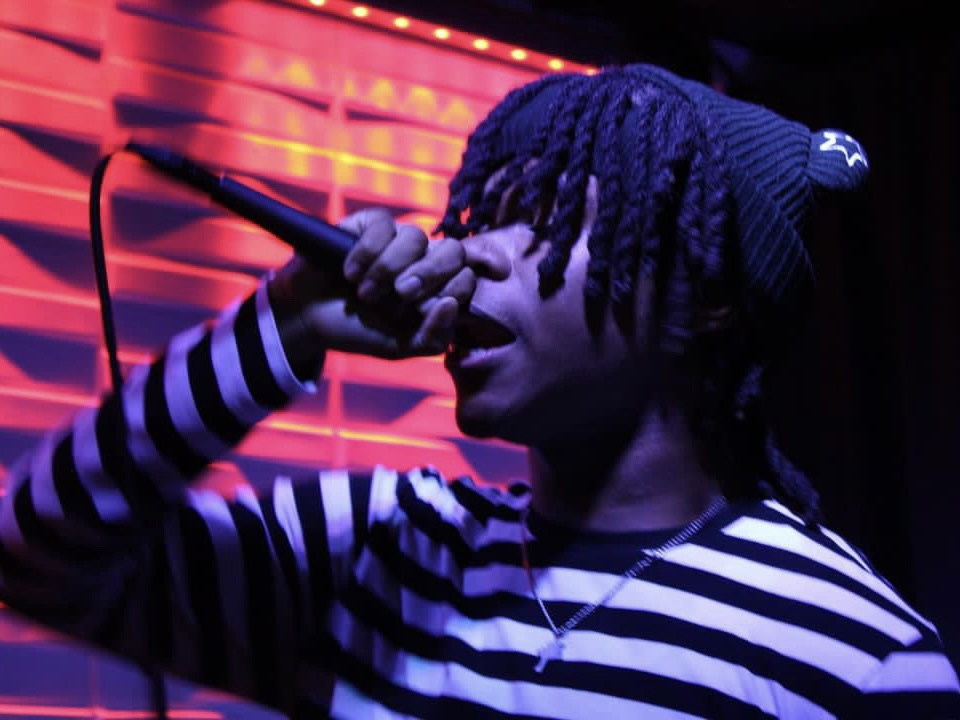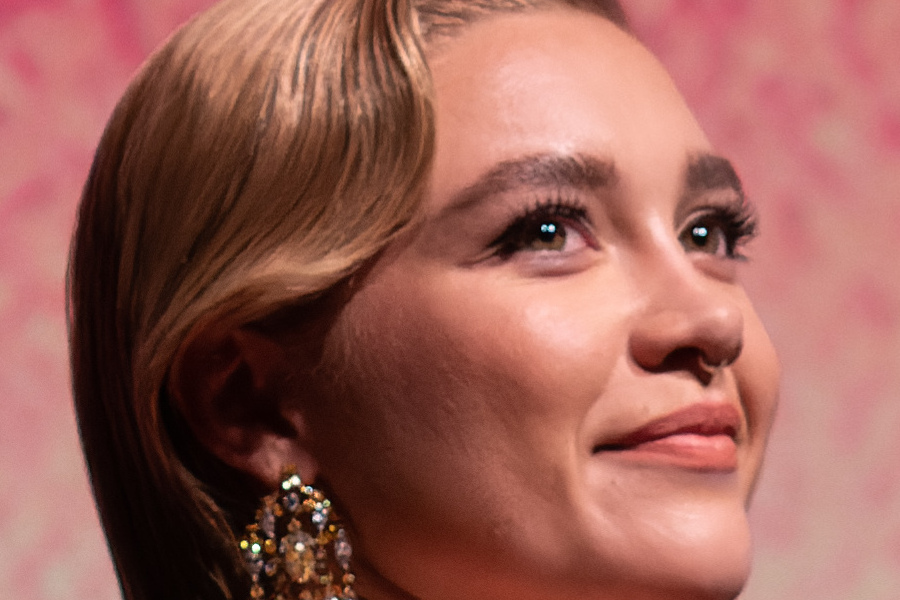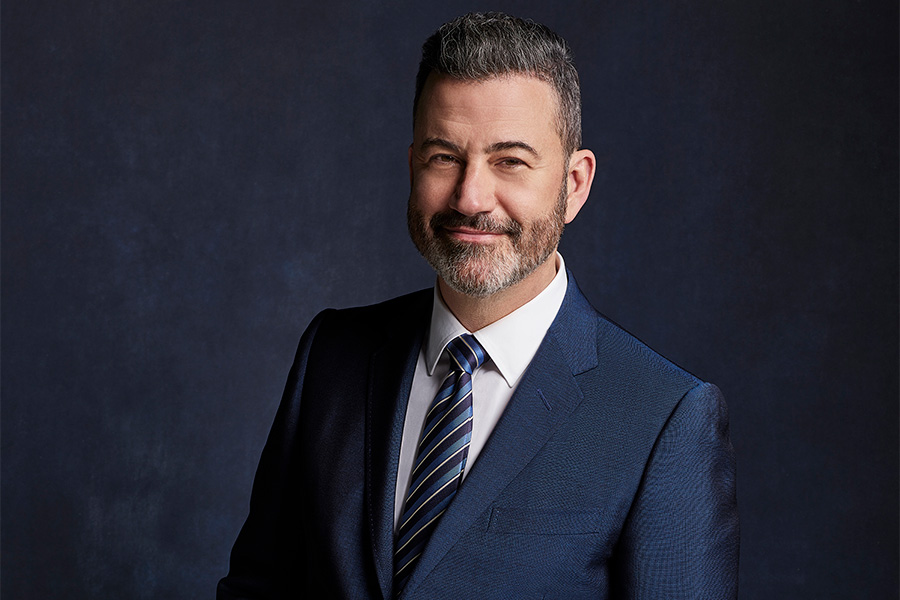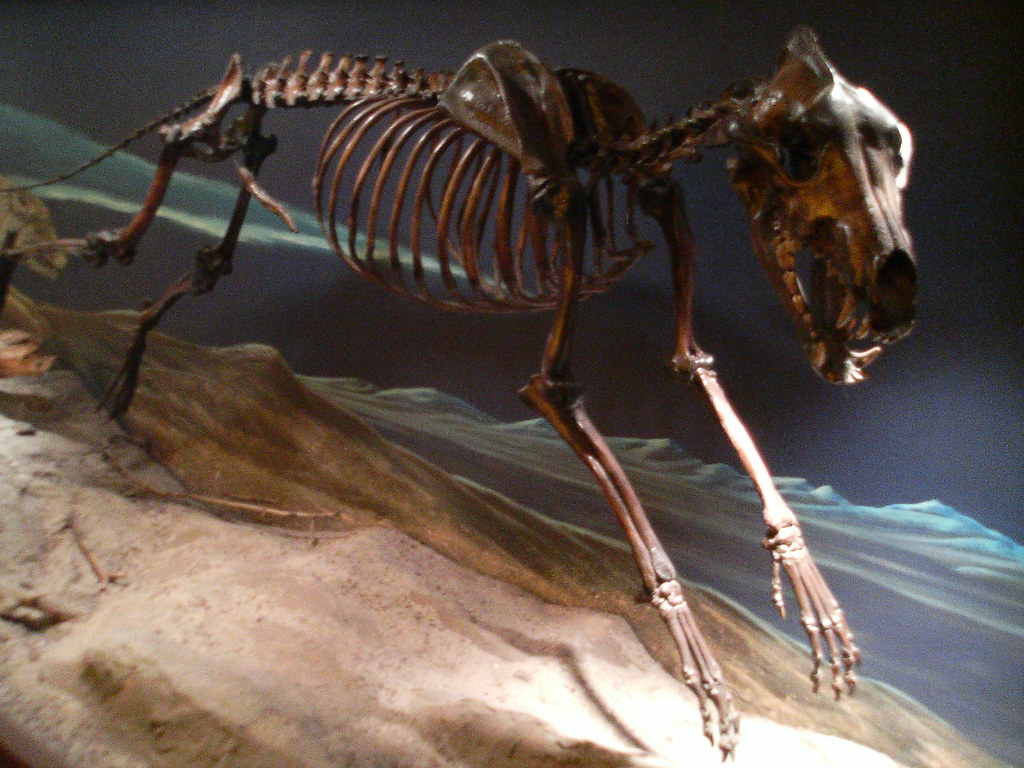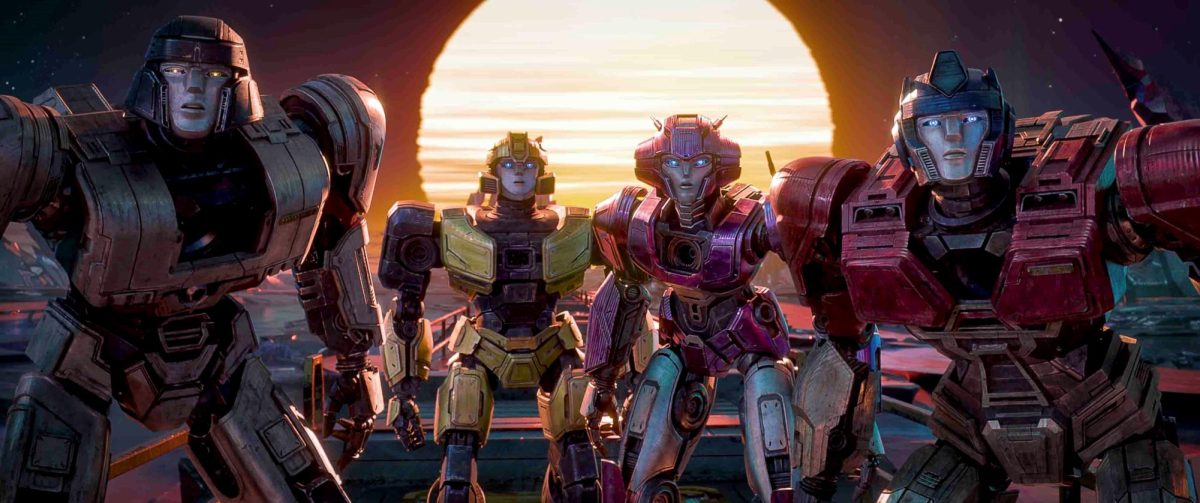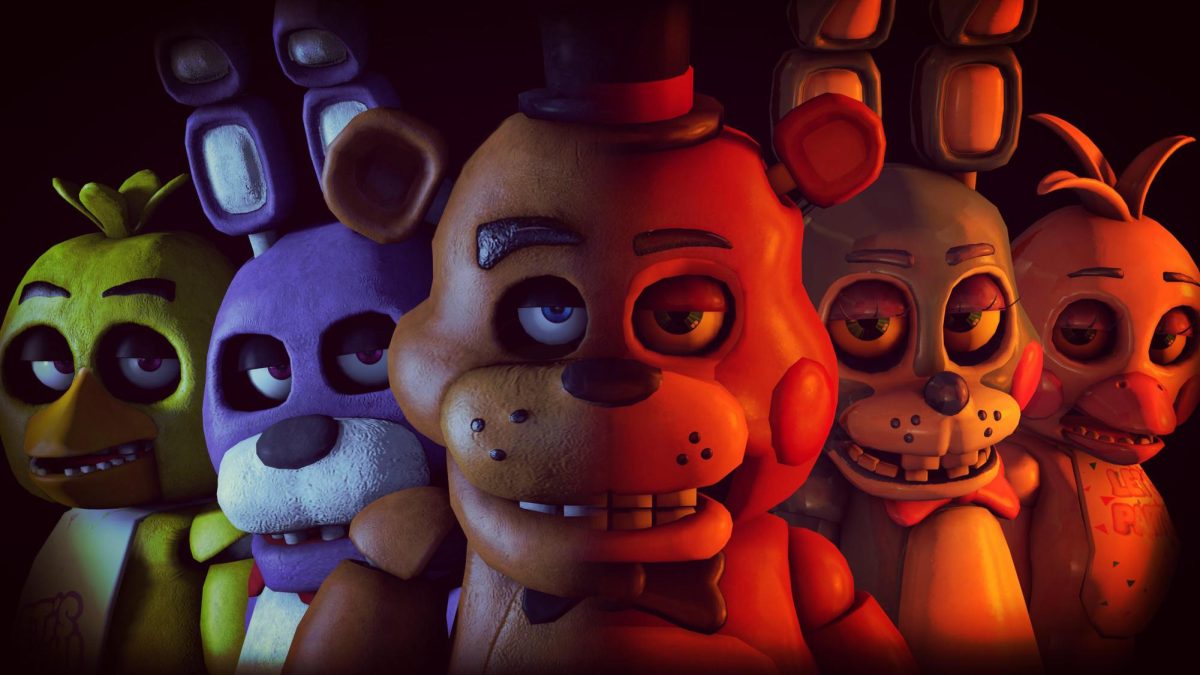How many young adults today remember the moments from their childhood at a fun, loud, and colorful wonderland known as Chuck E. Cheese’s? Many of us, including myself, have probably visited the one located in Patchogue, right off Sunrise Highway. Even their uplifting motto “where a kid can be a kid” is probably engraved in our memory— especially if you used to watch PBS Kids often. Of course, it isn’t a family entertainment center without a mascot and his group of friends. The families were always presented with a band show starring the titular mouse as the lead singer. The band also features a variety of animalistic characters, including: a chicken named Helen Henny, the other lead vocalist, the keyboarding purple monster-alien Mr. Munch, the guitarist bloodhound Jasper T. Jowls, and drummer Chef Pasqually, the only human character in the group. Chances are you remember seeing them perform onstage at the restaurant area of the entertainment center; especially the fact that they were all animatronics. But some thoughts, we then realize the realistic truth despite our innocent nostalgia saying otherwise: they were a little creepy. Granted, there’s still an odd charm to their unnatural movements and appearances, including the uncomfortable stiffness. It’s similar to those 80s movies where the visual effects look a little off— an age before we had CGI. However, as the title obviously suggests, this is not about the history of the Chuck E. Cheese brand and how much of an impact it continues to make on families across America. It was worth mentioning because it is the closest comparison many of us came up with when discussing the main topic of this article. In fairness, just by looking at it, you can’t blame us.
This Halloween, the cinema will be experiencing a new supernatural horror film based on one of the most popular video game franchises in the 2010s. One filled with iconic characters, an extensive lore, and loaded with an infinite number of boisterous jumpscares that continue to leave everybody screaming and leaping out of their seats. It’s time to revisit the terrifying media franchise we all know and love (and fear): Five Nights at Freddy’s.
We all remember the rising popularity of horror computer games back in the 2010s, some of which have been spawned from infamous Creepypastas such as Slenderman and Sonic.exe. Though this is not based on a Creepypasta, Five Nights at Freddy’s, or FNAF, was easily able to fit in with the crowd of horror and Internet meme culture with its intriguing premise, unique gameplay, and some of the most iconic antagonistic characters in the horror game genre. What’s most surprising about the history of the first game’s development is that it doesn’t have any twisted inspiration from the Chuck E. Cheese’s brand.
Before the idea came to be, former video game developer and writer Scott Cawthon was developing Christian adventure games. Unfortunately, none of them were financially successful. His 2013 family-friendly title Chipper & Sons Lumber Co. received criticism for its animal characters being designed as unintentionally terrifying. This poor reception resulted in Cawthon falling into depression and developing a crisis of faith. But after restoring his faith from a spiritual experience, he was inspired to begin production of FNAF with the purpose of making the characters intentionally scarier. Of course, those characters are a handful of homicidal animal-looking animatronics at a family pizzeria that come to life to wander around at night and kill the security guard. Lastly, it wouldn’t be surprising to mention that they do coincidentally have the familiarity of the ones back at Chuck E. Cheese’s, only with the mascot, Freddy Fazbear, resembling a brown bear instead of a mouse— yes, he’s the lead singer of their “band.” Though there are more characters in the later games, some of the main ones consist of the three main animatronics alongside Freddy: an indigo rabbit named Bonnie, a yellow chicken named Chica, and a red pirate fox named Foxy.
The point-and-click survival horror game took over six months for Cawthon to develop, with his sons and friends serving as beta testers. He coded the game with the Clickteam Fusion 2.5 engine and modeled the 3D graphics using Autodesk 3ds Max. The mesmerizing audio was produced with a combination of sound effects from files Cawthon bought online and some he created himself. The game was then released for Windows via the Desura distribution platform on August 8th, 2014. Thankfully, the game received largely positive reviews from critics with a score of 78 on Metacritic, praising it for its atmosphere, sound design, and gameplay mechanics. This also not only led to the game becoming a financial success, but has gained a large following of an active fanbase. Its massive achievement spawned an extensive media franchise, including multiple spin-offs, an anthology series, and a novel trilogy written by Cawthon and Kira Breed-Wrisley.
The plot and gameplay drew a lot of attention from hundreds of gamers, ranging from professionals to the common teenager. The player controls the nighttime security guard Mike Schmidt, and must complete his shift that lasts from midnight to 6:00 am— approximately ten minutes of gameplay per level. If they make it through the entire shift, they can proceed to the next level, or next day, if you will. But if they get caught by any of the animatronics, thus killing them, this will cause a game over. Defenseless and confined to an office, the player only has access to a network of security cameras that provide them views of various parts of the restaurant. While using the cameras to track the movements of the four animatronics, the player can also use a set of lights to detect one at one of the hallways and can activate a set of steel doors to prevent them from entering the office. However, to add more difficulty, the usage of all the cameras, lights, and doors consume the player’s electrical power, which gets more and more limited after every proceeding level. If there’s 0% of power left, everything shuts down, leaving the player vulnerable for any of the animatronics to attack them.
In the age of internet gaming culture, the financial success of FNAF spawned a large following with a number of Let’s Play videos being uploaded and shared on YouTube. The game’s popularity is much thanks to famous gaming YouTubers such as Felix Kjellberg (PewDiePie), Seán McLoughlin (Jacksepticeye), and Mark Fischbach (Markiplier), who titles himself as the “King of Five Nights at Freddy’s” after completing the sixth level of the game. Oh, sorry. Spoiler alert: there are more than five levels in the game. Another channel called The Game Theorists, led by YouTuber Matthew Patrick (known online as MatPat), had made multiple videos discussing elaborate theories about the nature of the games and their storylines. There have even been a number of fan games created on Game Jolt, many of which were inspired by the game’s mechanics. Even Jack Black publicly claimed to be such a fan of the series that he previously played Five Nights at Freddy’s 4 with his son Samuel and Markiplier to promote the 2015 horror comedy Goosebumps. Lastly, when it comes to merchandise, McFarlane Toys has a line of products, mainly of construction sets, that became, in the words of comic-book creator and entrepreneur Todd McFarlane, “the single largest-selling product, bar none, by a lot that [he’s] done in 20-plus years.”
Five Nights at Freddy’s was destined to have a film adaptation for almost a decade— since the beginning of its thriving popularity, no less. While it was still in the early development stage, the closest we ever got was the 2021 action horror-comedy Willy’s Wonderland, starring Nicolas Cage, who also served as co-producer. If you’re curious, it’s about as bizarre as you’d expect. For me, I’d place it in the “so bad it’s good” category. Despite the mixed reviews, it gained a small cult following because of how similar the premise is to the FNAF franchise.
In April 2015, it was announced that Warner Bros. Pictures had acquired the film rights and was set to produce the adaptation. But after several delays in production, mostly due to script issues, the project was dropped until Blumhouse Productions picked it right back up in March 2017. Emma Tammi was hired to direct, while she, Seth Cuddleback, and Scott Cawthon were assigned to write the screenplay. It was also announced that Jim Henson’s Creature Shop, best known for their puppet/creature effects with The Muppets and other live-action films, would be working on the animatronic characters.
Following the game’s premise very closely (according to sources), the film stars Josh Hutcherson as Mike Schmidt, who accepts the nighttime job as a security guard at Freddy Fazbear’s Pizza. Of course, much like his counterpart in the first game, he soon discovers the four animatronic mascots— Freddy, Bonnie, Chica, and Foxy— walking around in the restaurant and killing anyone that is still there after midnight. The cast also features Matthew Lillard as William Afton, who is known as the franchise’s main antagonist (formally known as the anonymous “Purple Guy”) and the co-founder/owner of Fazbear Entertainment. Additionally, there are a handful of gaming YouTubers that have confirmed to be making cameos in the film, including Cory DeVante Williams, aka CoryxKenshin, casted as a taxi driver. Though Markiplier was rumored to make a cameo, as well, he denied it, claiming he’s unable to due to scheduling conflicts. It’s possible that it’s due to his heavy involvement with his feature directorial debut Iron Lung, based on the first-person submarine simulation horror game.
There are high hopes for the FNAF movie to turn out exceptional, both critically and financially. Judging from the trailers and commercials we’ve seen, it seems to be on the right track so far. What also uplifts our optimism is the fact that we’ve seen many video game adaptations over the years that continuously break the video game adaptation curse after decades of critically panned and infamously hated films. Even with a couple of mishaps, there are legitimately good adaptations, whether on film or television. They’d range from groundbreaking masterpieces (Arcane: League of Legends and The Last of Us) to moderately fun family films (Pokémon: Detective Pikachu, Sonic the Hedgehog 1 and 2, and The Super Mario Bros. Movie) that broke box office records and received worldwide praise from critics, fans, and general audiences alike.
When it comes to Five Nights at Freddy’s, regardless of it turning out either good or bad, what really matters is how far the community has come since the beginning. Like a lot of video game fandoms, the FNAF fanbase is one of the main reasons the franchise became such a huge success. The trending Let’s Play videos, the top-selling merchandise, and the rise of multiple fan games and theories— all of them cannot be done with its exploding popularity by hundreds of passionate fans. So, as soon as we saw the first trailer released back in late June, many of us couldn’t help but declare, “finally!” Ironically, even Chuck E. Cheese’s took advantage of advertising their week-long Halloween-themed event by calling it “Five Nights of Fun,” as well as presenting a poster recreating the one for the FNAF movie— with Chuck and his friends in Halloween costumes.
The film is set to be released later this month on the 27th, both in theaters and streaming on Peacock simultaneously. It’s certainly expected to relive the inevitable jumpscares, whether in a public movie theater or in the comforts of your own home. Let’s see how much of an impact this movie will leave on opening weekend— or perhaps its first five nights. Maybe even more.

